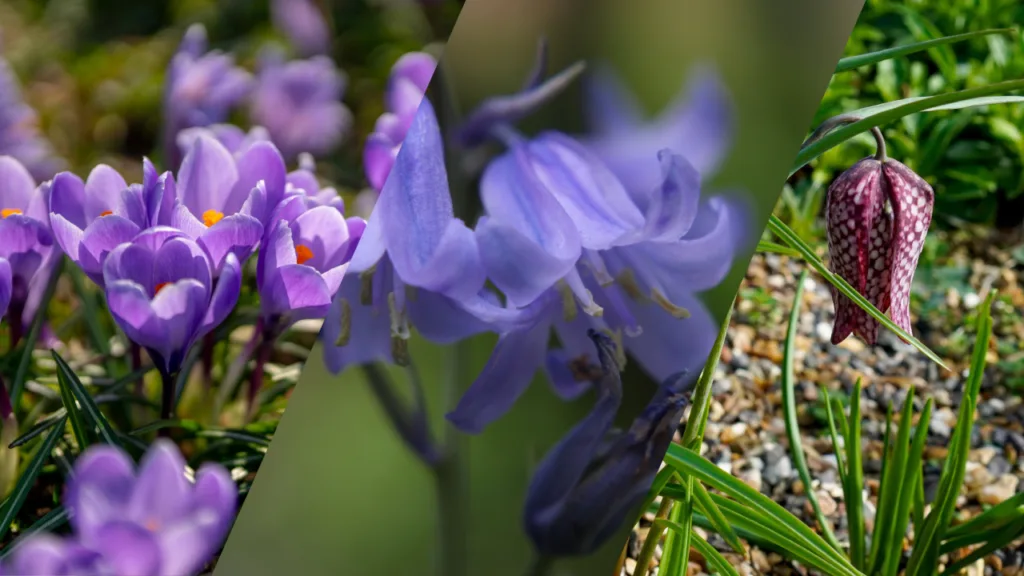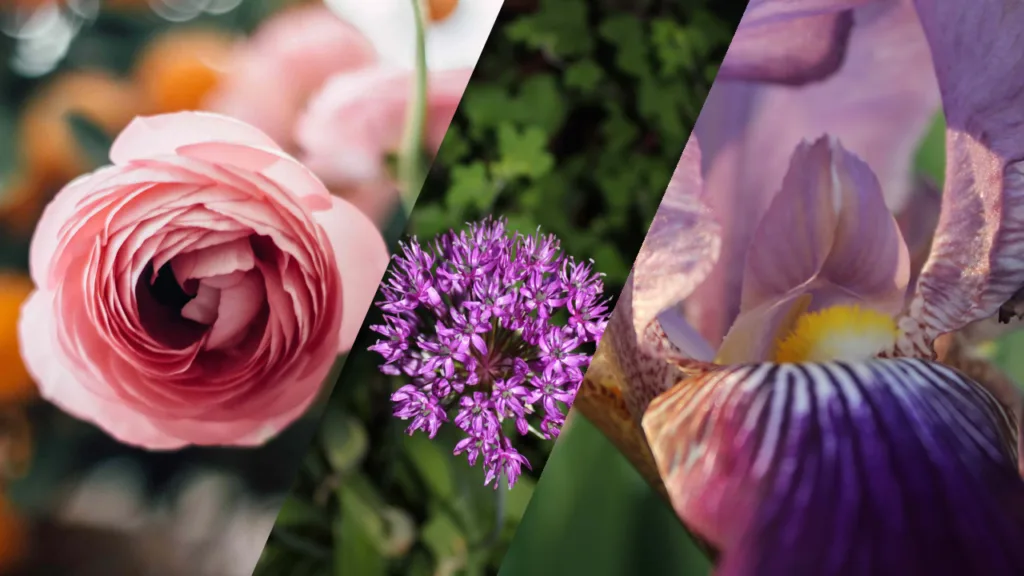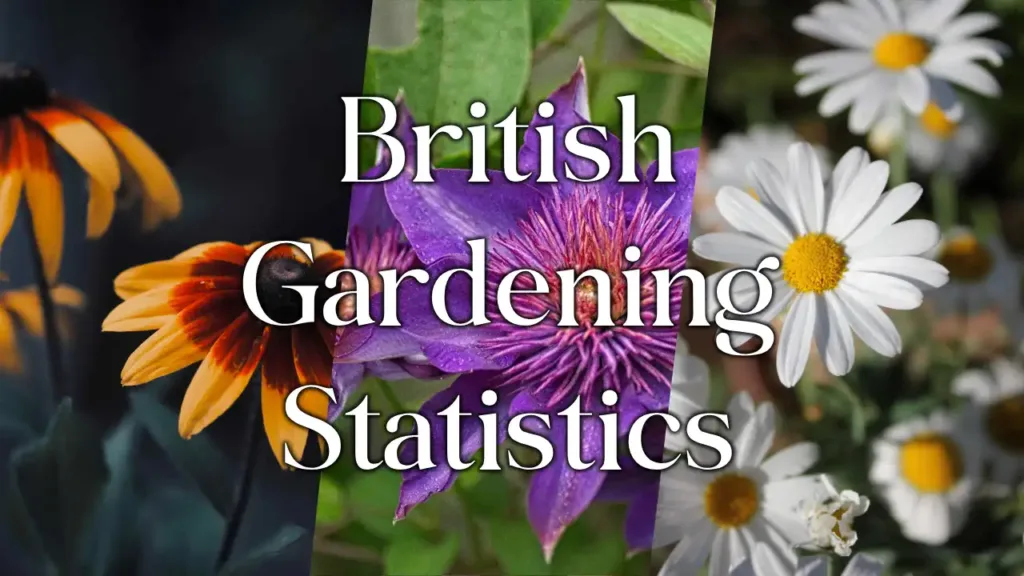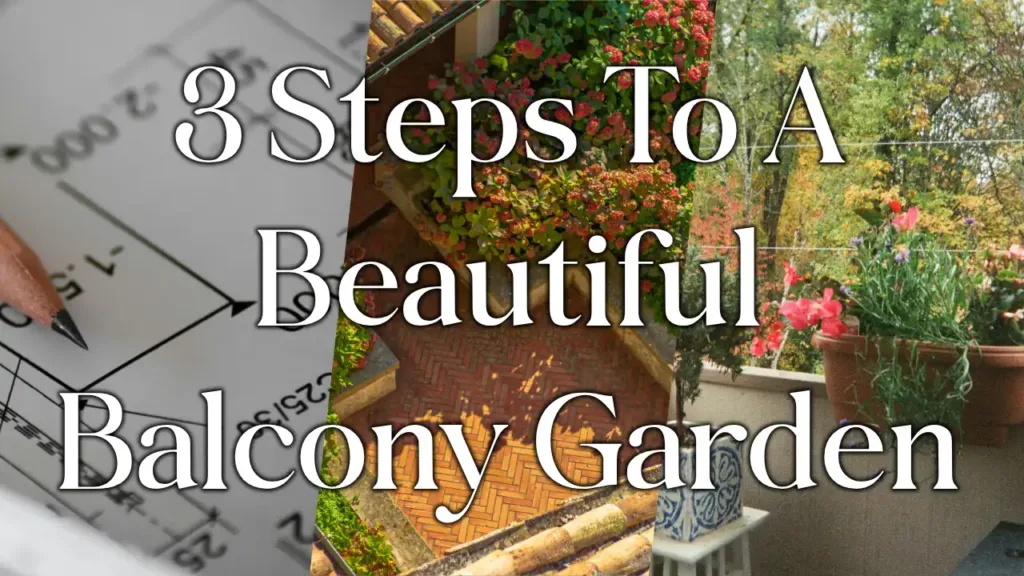After a long winter, seeing the first shoots from our spring bulbs emerge from the ground brings me immense joy. The initial glimpse of new life and colour in the garden signals the start of the year ahead, so it’s important to choose the right bulbs to start your gardening year off right. But with so many different types of bulbs to choose from, it can be really difficult to know which ones to pick. That’s why we’re here to help.
Below we’ve listed our top 8 spring flowering bulbs that will help to bring colour to your garden early in the year.
Contents
Crocuses
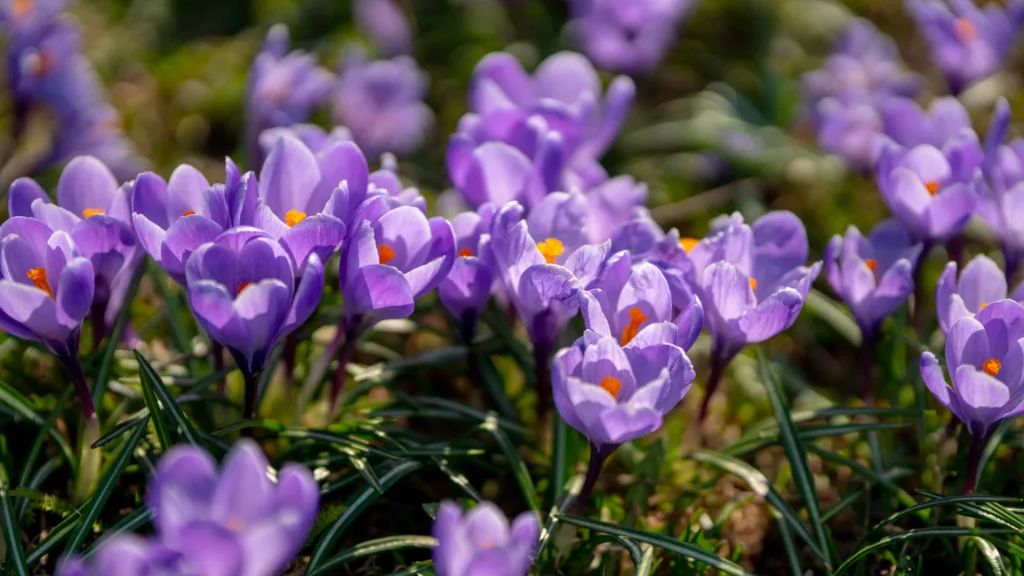
These jewel-like flowers not only add bursts of vibrant colour to your garden, but also create stunning displays when planted en masse. They often appear right at the start of spring, giving your garden an early burst of colour and offering an early source of nectar to the bees.
Plant your crocus bulbs in autumn, typically between September and November to allow the roots to establish before the ground freezes. It’s important to choose a sunny or partially shaded spot and plant them around 5-10 cm deep with the shoots facing upwards.
Daffodils
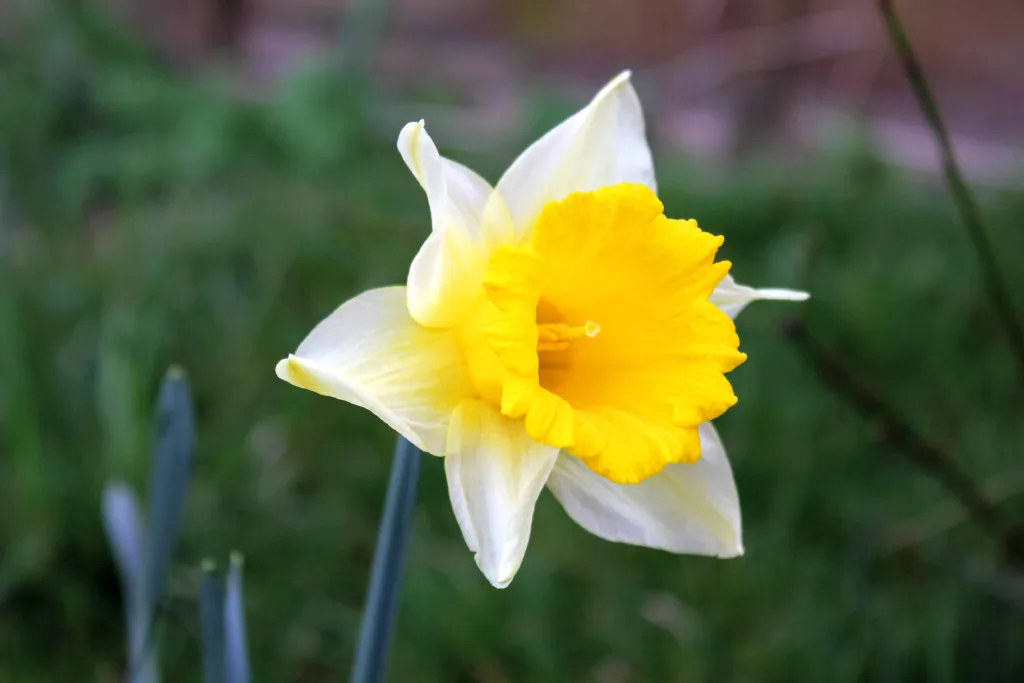
Daffodils are normally the first spring bulb that comes to mind, and it’s easy to see why. Their cheerful and brightly-coloured blooms embody the feeling of spring, brightening up even the rainiest of spring days. Daffodils boast unmistakable flowers characterised by a central trumpet with six petal-like tepals surrounding it.
If you’re looking to plant daffodils in your garden, make sure to buy your bulbs in early autumn to give the roots enough time to settle in before winter. Simply place them 5-10cms into the ground and give them a good drink of water to help them settle in.
Tulips
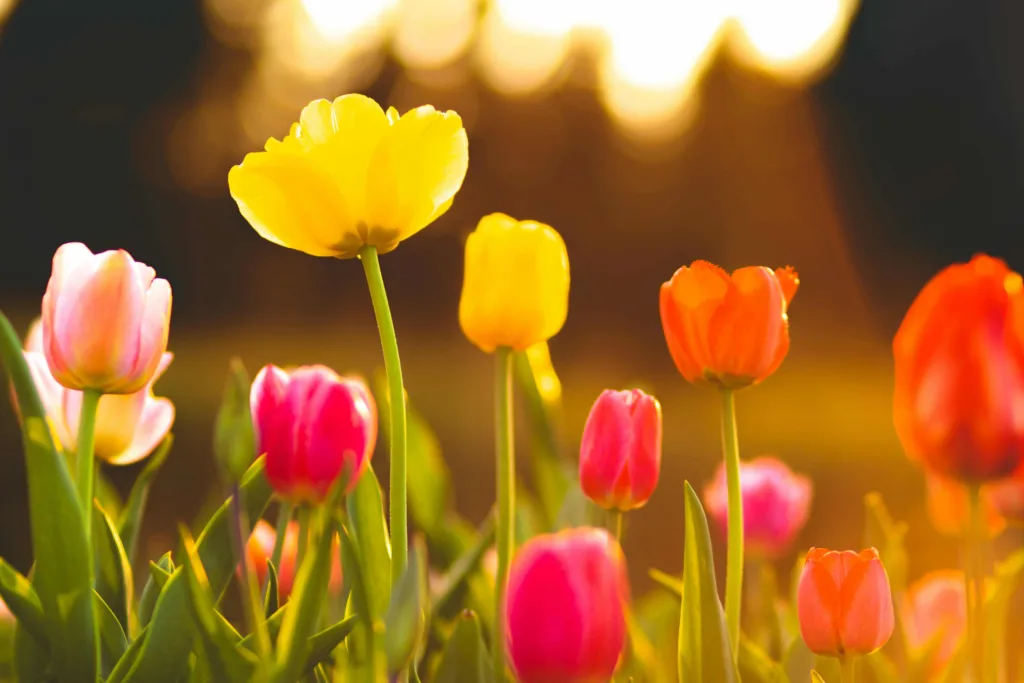
With their wide array of colours and shapes, tulips offer endless possibilities for creating captivating spring scenes in mid-to-late spring. Even when their petals start to fall, we’ve found that the tulips offer so much colour and structure to a garden that would otherwise still be quite bare.
Tulips also make exceptional cut flowers, so if you’re looking to bring the excitement of spring into your home, then planting some tulips are a must!
Snakes Head Fritillary
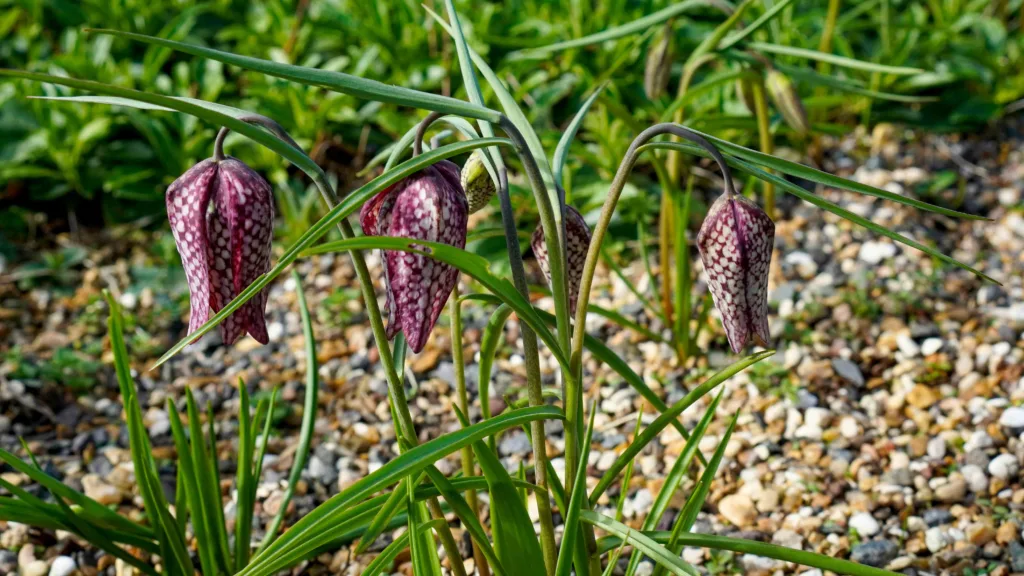
With their bell-shaped flowers and unique checkerboard markings, these Snakes Head Fritillaries are a true treasure in our garden. I’ve recently come to appreciate these bulbs after stumbling across a few in a shaded and moist area of our front bed.
These bulbs thrive in moist soil and are perfect for planting in shady or partially shaded areas. We recommend planting the bulbs between September to November to a depth of 5-10 cm with spacing around 10-15 cm. Once established, they naturalise well, so in a few years you’ll have good collection of them.
Lily of the Valley
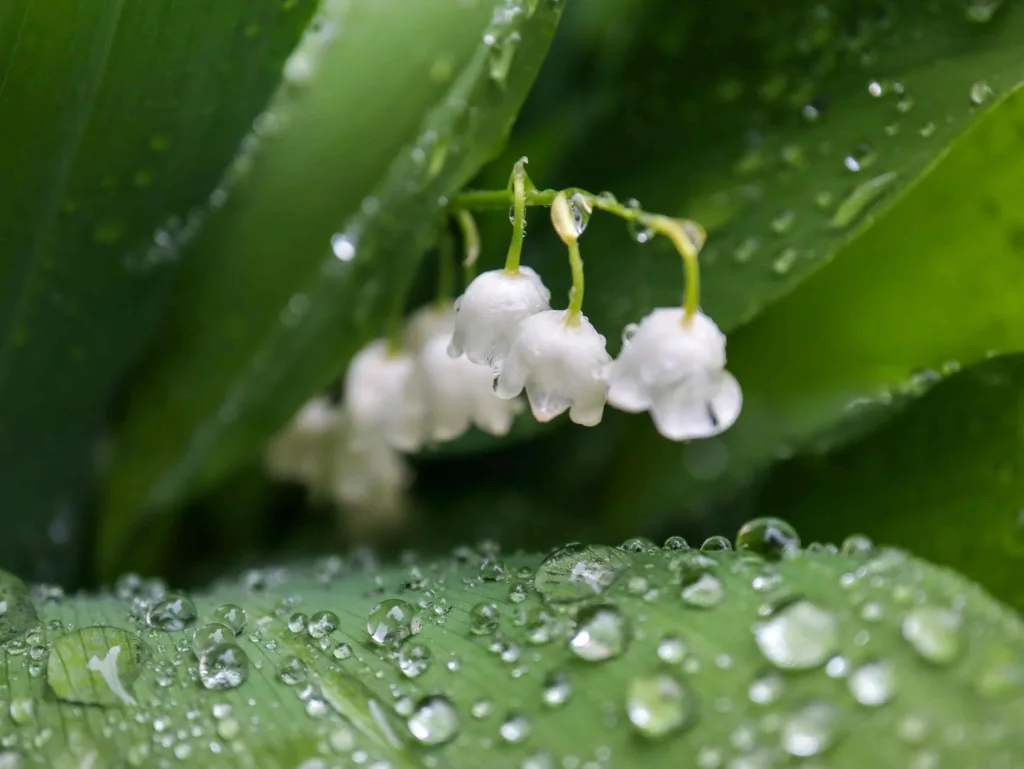
Delicate and fragrant, Lily of the Valley not only brightens shady areas but also creates a beautiful scent. Its dainty white bell-shaped flowers exude a sweet scent that captivates the senses.
I’d recommend planting the rhizomes in early spring or autumn, about 1-2 cm deep, in moist, well-draining soil. Once they’ve established, they’ll spread easily, meaning that you’ll have lush carpets of blooms in no time.
Hyacinth
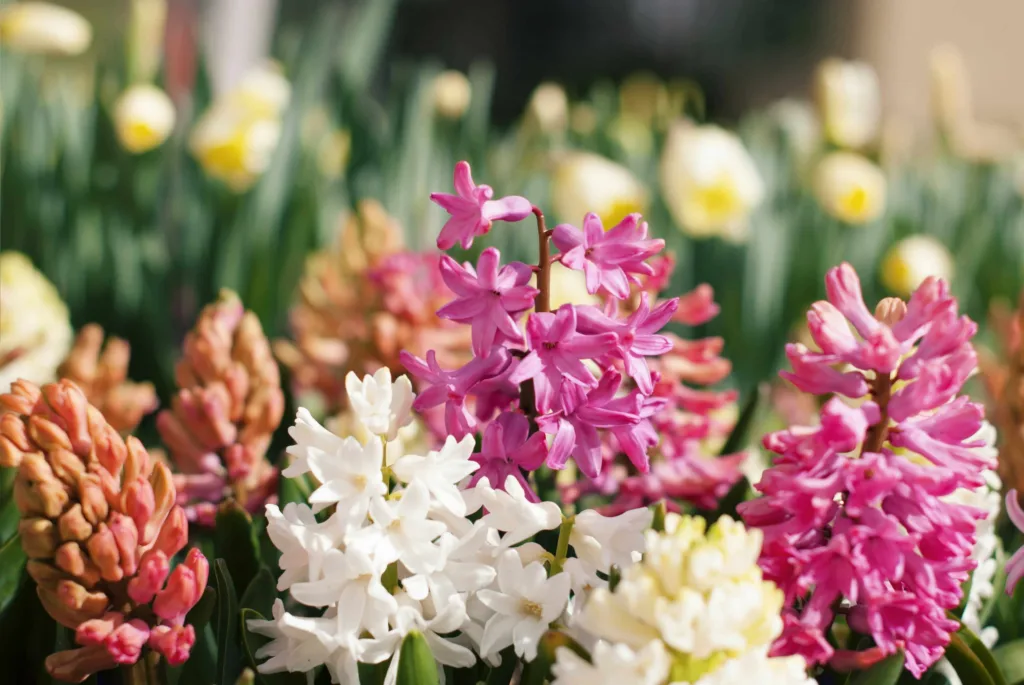
Known for their majestic flowers and powerful fragrance, hyacinths bring an air of luxury to any garden. Their vibrant colours and compact clusters of flowers make them a standout feature, attracting the attention of all who encounter them.
Bluebells
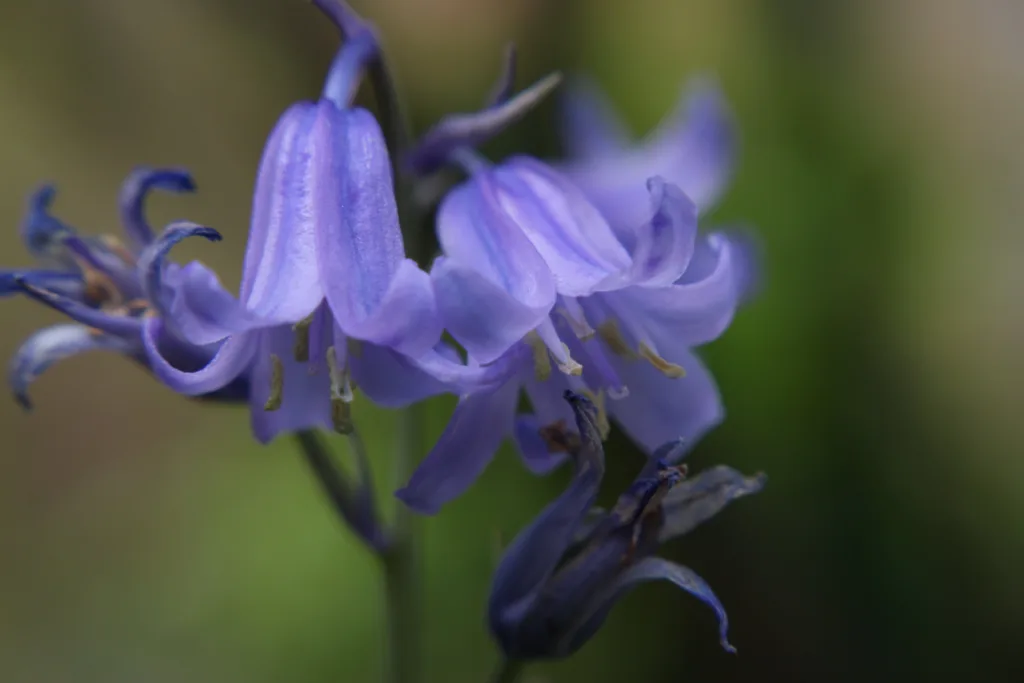
Whenever I think about woodlands in spring, I always picture the enchanting sight of bluebells lining the forest floor, creating a breathtaking blue carpet beneath the trees. Offering a delicate scent, bluebells have become a staple of any English country garden, and are definitely something that we recommend every garden should have.
Due to their woodland heritage, bluebells thrive in partial shade, especially under trees. I’d recommend planting them about 10cm deep in well-draining, moist soil in the autumn.
Alliums
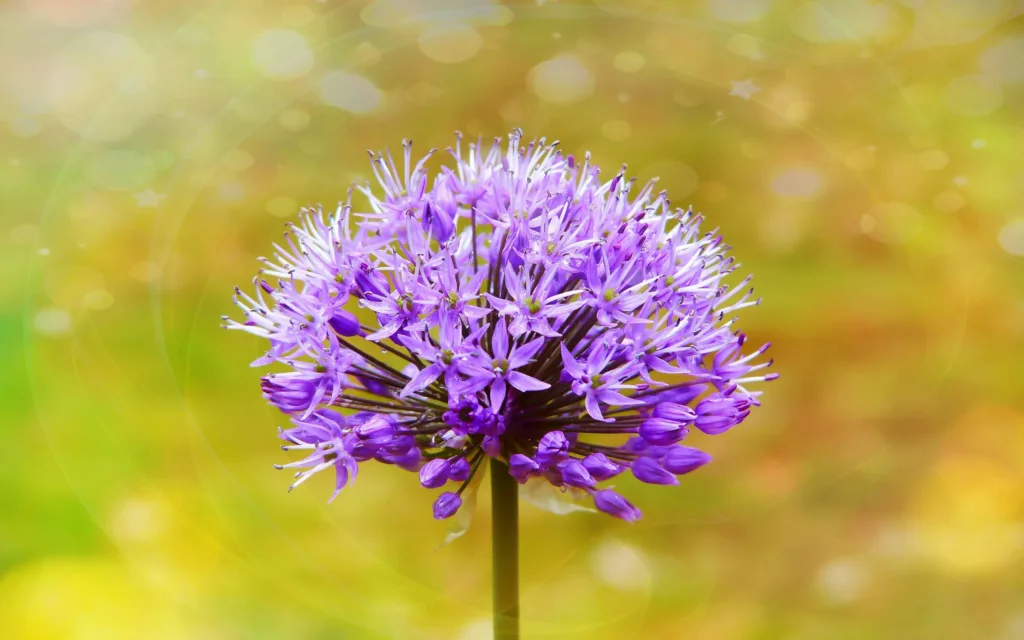
Revered for their architectural beauty and impressive flower heads, alliums bring an intriguing structure and elegance to your borders, making them a standout feature in any garden. Their tall, striking stems and globe-shaped blooms add a touch of drama, earning them a well-deserved place as one of our favourite spring flowers.
I recommend planting allium bulbs in autumn, about 10-15 cm deep in well-drained soil. Once they’ve been planted, they need very minimal care and continue to deliver a bold, show-stopping display for years.
When Should I Plant Spring Flowering Bulbs?
If we’ve got you wanting to plant some spring flowering bulbs of your own, then the best time to plant them is in early autumn as this gives them enough time to produce new roots before the ground freezes. As a general rule, we’d recommend getting your bulbs planted at least 6 to 8 weeks before the first hard frost. Bulbs generally need to be planted 5-10 cms deep in well draining soil so they don’t rot, but always check the packet of your bulbs before planting.
Overview
So, now you’re ready to get planting some spring bulbs in your garden. If you’re looking to add some more colour to your summer border, then take a look at our favourite summer flowering bulbs to add to your garden. If you’re interested in seeing the current trends in British gardening, take a look at our latest statistics here.

